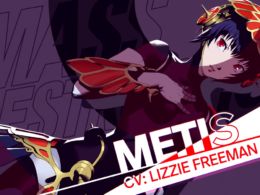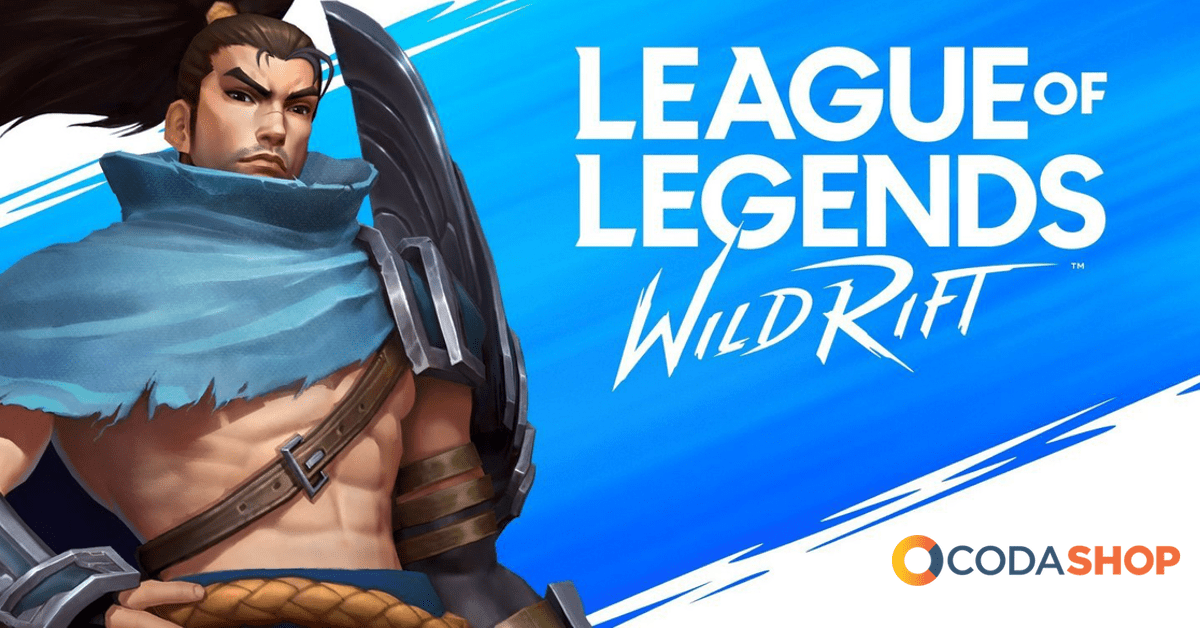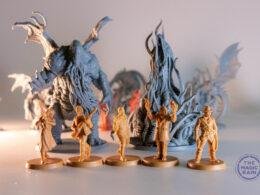With a steep learning curve, bleak atmosphere, tight and precise combat, limited healing items, and a currency-based levelling system, it’s easy to dismiss Team Ninja’s Nioh as another Dark Souls ripoff. While it does take plenty from the gameplay foundations of the Soulsborne series, Nioh adds such an impressive amount of ingenuity and innovation to this near-decade old formula that it has become a must-have for lovers of Souls games and Japanese folklore.
Taking place in Japan’s Sengoku era, we play as William—an Irish sailor who set sail for Japan in hopes of stopping the occultist Edward Kelly from harnessing Japan’s rich Amrita, a type of ore made of pure spiritual energy, for nefarious reasons. As the war between East and West Japan escalates, its massive death toll causes a spiritual upheaval which results in the proliferation of yokai — demons and apparitions from Japanese folklore — to roam freely.
While the prologue level set in London kickstarts the story, it’s when we set foot in Japan a chapter later where Nioh reveals its true brilliance.
With effectively 2 tutorials, the game hits hard and pulls no punches at all—the first mission alone is filled with deadly bandits and yokai poised to dislocate William’s innards in at most 2 hits. Masochistic players will certainly delight in the fact that enemies will remain as quick and deadly as they can be, no matter how far you progress in the game, while J-horror fans will delight in the constantly eerie and oppressive atmosphere as well as the terrifying yokai designs.
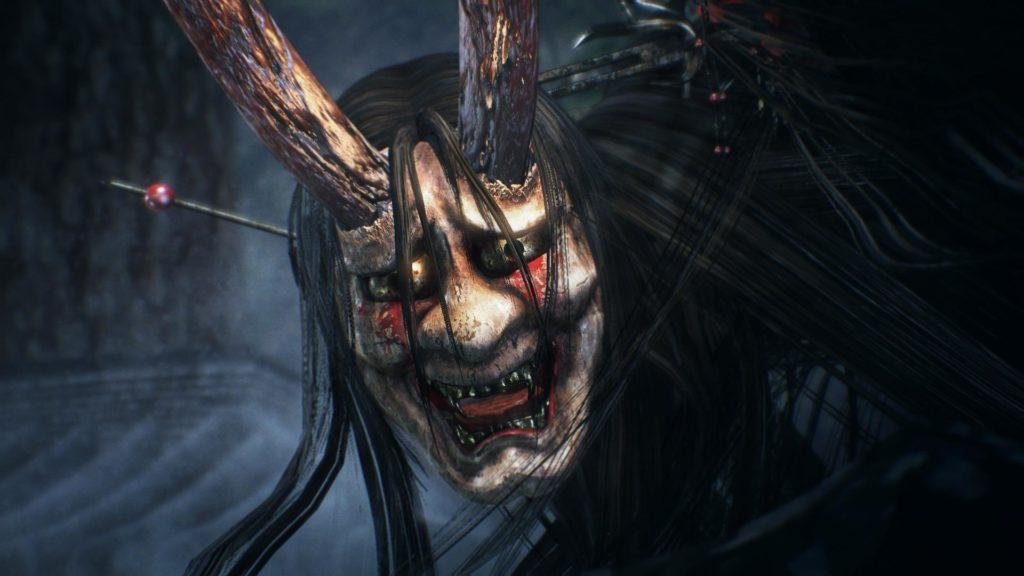
Much of the difficulty arose from the enemies’ significantly higher damage output and intelligent AI, but the game’s brilliance lies in its refusal to make enemies bland damage sponges.
Despite its overwhelming initial learning curve, Nioh’s excellent controls and level design feel as if the game teaches the player as much as it works to murder the living crap out of us in every step of the way — culminating in a challenging experience that ultimately leads to a tonne of fun and satisfaction.
Nioh does an excellent job at steadily teaching players the importance of taking advantage of the gameplay mechanics—ki (stamina management), weapon stances, ranged attacks, threat assessment, crowd control—that by the end of the first few missions, I found myself seamlessly utilising all the tricks up my sleeve without feeling overwhelmed.
If you do get overwhelmed though, the game’s loading times are so quick — 2 seconds normally, 10 seconds at most — that it takes you no time to jump back into the action.
And boy are the gameplay mechanics meticulously detailed. Basic combat involves attacking via 3 stances— high, medium and low—which opens players to multiple offensive and defensive moves while managing ki and dodging or blocking incoming attacks. Nioh’s most innovative mechanic is perhaps the Ki Pulse, which allows players to replenish spent ki with a well-timed tap shortly after attacking. Coupled with the game’s relentless speed, this creates an absolutely addictive combat rhythm where rapid-fire attacks flow seamlessly back and forth between defence and recovery, punctuated by punchy, clear and satisfying sound effects.
With sufficient Amrita accumulated, players may unleash their guardian spirit—benevolent beings from Japanese mythology such as Suzaku, Yatagarasu, Genbu, and my favourite lightning puppies, the Raiken—to dramatically boost their damage output with flashy, gorgeous elemental attacks.
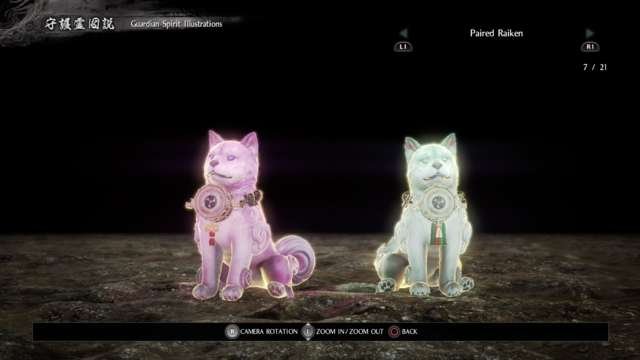
Like any RPG, character progression in Nioh is tied to two key things: stats and gear. Levelling stats works pretty much exactly the same way as in other Soulsborne titles, and involves players using Amrita earned from fallen foes to pump points into attributes which affect different weapons and play styles. Gear, on the other hand, relies on randomly dropped loot, and features a dizzying abundance of randomly generated special perks and set bonuses. Be it samurai, ninja or onmyo mage, there’s something for anyone and all of them are a joy to play.
What’s worth noting is that after the first 3 missions, getting better equipment becomes drastically easier as you slowly get better at the game. And once you’re good enough at the game to defeat revenants—AI-controlled forms of fallen players—you will be able to easily farm out better equipment due the revenants’ tendency of belonging to higher level players, most of which will drop significantly stronger gear such as legendary set items and bosses items. It gimps the game somewhat by boosting your damage output ahead of the game’s intended difficulty, but you’d first have to be good enough to defeat revenants to be able to exploit that.
Other than revenants, the game pits you against enemies both living and dead, from typical bandits and soldiers to fantastical, nightmarish yokai pulled right out of a J-horror movie. You’ll find horned axe-wielding giants, long-haired female ghosts with sharpened nails, and even the quirky umbrella spirit kasa-obake in your journey across war-torn Japan — the first encounter with these fiends left me terrified of the next, and the fear of being trapped in claustrophobic Japanese rooms and corridors with them is enough of a motivator for me to raise my character and skills to overcome them.

As William journeys across Sengoku Japan, demon hunting with legendary ninja Hattori Hanzo and searching for occultist Edward Kelly, you’ll find yourself pitted against famed samurai and demons, all of which present some truly intense boss fights with intelligent AI designed to spot and punish your weaknesses. However, the game recycles the same enemies so often throughout the entire game that what was originally challenging and intimidating becomes predictable and easy the more you play.
Speaking of repetition, as interesting as these scenarios may be, the visual aspect of Nioh is constantly hindered by its lacklustre and frankly boring environments. The game never deviates from its usual village, castle, forest and cave settings, and the treatment these locations received — save for a select few areas in the final missions — are just decorated by bland colours and set design and these environments are repeated so frequently across the entire game! And for a country with such magnificent views, Japan’s splendour is poorly conveyed in Nioh. It’s not that it has to be beautiful, it’s that Nioh’s environments just aren’t interesting to look at, and would have been a large dampener of enjoyment if its gameplay weren’t so satisfying.
The environments in Nioh, as well as the countless battles in the game, are also dampened by the game’s constant reuse of the same few music tracks. The same tracks are used for a large majority of missions — which dilutes the identity of every location; and the same tracks are used for a large majority of bosses — which is absolutely unfortunate because it dilutes the intimidation factor and identity of the game’s impressive lineup of well-designed characters and boss battles.
On the other hand, the map design itself, although predictable, adds a touch of soul to these locations through secret tunnels and chests that has to be unlocked by appeasing the tricky spirits that guard them, and not to mention the quirky additions such as the adorable kodama — benevolent spirits hidden across the arena that grant bonuses upon discovery — and hot springs, packed with mini kodama spirits enjoying a bath, which give a short health regen buff.
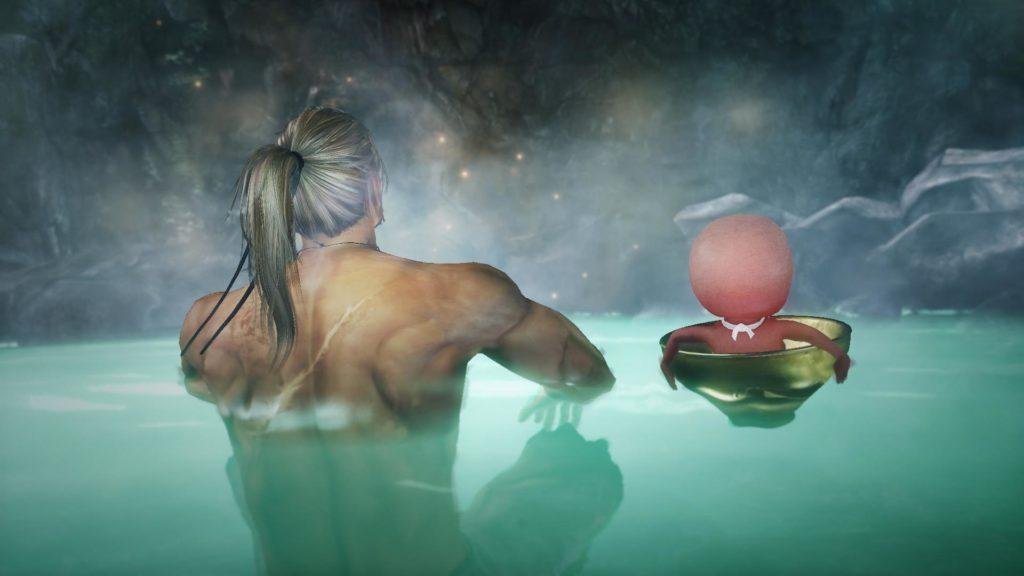
Where Nioh fully deviates from Soulsborne is its full-fledged narrative. William’s journey through Japan finds him allying with Tokugawa Ieyasu, who tasks legendary ninja Hattori Hanzo to guide William in searching for Edward Kelley by hunting down yokai that was left in the villain’s path of destruction. Kelley himself has aligned with Ieyasu’s rival Ishida Mitsunari, who seeks to use Amrita to win the war by corrupting his soldiers into an unstoppable yokai army.
Along the way William encounters samurai heroes from both sides, and in doing so, Nioh tells a tragic tale of virtuous, honour-bound warriors doomed to die for being on the wrong side of history. However, the execution of the story ultimately falls somewhat flat as the vast majority of interesting characters only receives a brief spotlight on their goals and motivations only to completely disappear from the story afterwards — all in all it’s a rather forgettable tale that’s saved by stellar voice acting and occasional moments of quirky Japanese humour.
And then there’s the issue with our character, William. The choice of making William an actual character rather than an empty player-insert avatar means that they would need to give William a clear personality and character so that we’d be interested in seeing how events unfold to him and how he sees the world around him. However, the game does this only on a surface level, with William only having a handful of lines and keeping silent most of the game. This awkward imbalance in his screen presence leads to us not fully understanding his struggles and his personality until the very last quarter of the game. This is truly unfortunate as William does seem to have a very interesting upbringing with his guardian spirit Saoirse and a good chemistry with Hattori Hanzo — who was a much more fleshed-out character with far more love poured into in terms of exposition and motivation.
But credit must be given to Team Ninja for Nioh’s stellar voice acting and faithfulness to the cultures presented in the story. William, an Irishman, speaks in a slightly accented English (the Nekomata spirit serves as his Japanese interpreter) while his Irish guardian spirit Saoirse speaks perfect Irish. The Japanese cast has a star-studded cast of voice actors such as Jun Fukuyama, Toshiyuki Morikawa, Rie Tanaka and many more—with superspies Hattori Hanzo and Okatsu the only characters able to speak English while the villain Edward Kelley is voiced by two voice actors for English and Japanese.
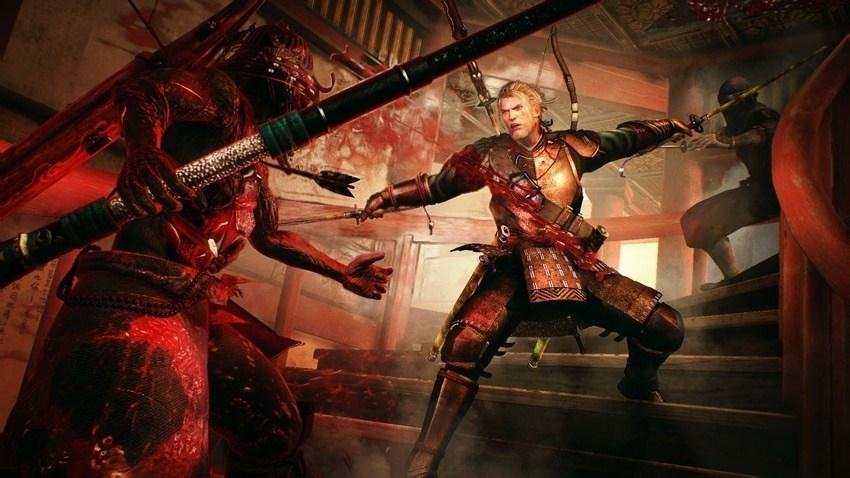
The faithfulness to the various cultures portrayed in the game permeates in every aspect of the game, not just visually but in the very foundation of the gameplay as well. The idea of Ki Pulse is drawn from samurai disciplines of sharp focus and worldly virtue; the various Guardian Spirits are paired with characters that match their affinity and personality; the naming conventions of the game’s mechanics; magic effects that vary based on the user’s nationality; the various cameos, the stunning amount of lore in the bestiary and even the quirkier; more mythic tidbits that punctuate the bleakness of the setting such as the rumour of Hattori Hanzo having a cat tucked in his pocket that he uses to tell the time; all adds a very distinct sense of levity and character to the otherwise bland environments of Nioh, and really shows that this is very much Team Ninja’s passion project.
And that passion extends itself to players, manifesting as an absolutely fun game that is constantly rewarding.
As previously mentioned, beyond the core gameplay loop of killing foes and scoring better loot, there’s something for everyone in Nioh and that is most true in its extra features. There’s a PVP mode for bloodthirsty players, a transmogrification system for players to change the look of their gear, a henshin system for players to change their entire character model to their favourite NPCs including the fantastically designed female characters, THREE tiers of hardcore difficulties, badass historical samurai that will get any Vagabond reader hyped beyond imagination, and so much more.
It’s clear that Team Ninja has poured their heart and soul into Nioh. The game is essentially a love story to all the wonders of Japanese history and mythology paired with an addictive combat system and constantly rewarding loot and side-content that, by diving into Nioh, you can easily anticipate several hundred hours of high-speed samurai action.
Pros
- Fast, addictive combat
- Challenging but fair
- In-depth mechanics
- Constantly rewarding
- Rich amount of fun side missions
- Tonnes of customisation options
- Fascinating portrayal of Japanese mythology
- Tonnes of post-game content
- Lightning-fast loading times
- Lightning puppies
Cons
- Boring environments
- Poor characterisation
- Mostly forgettable music
- Constant reuse of boring environments and music
- Gear descriptions can be confusing









